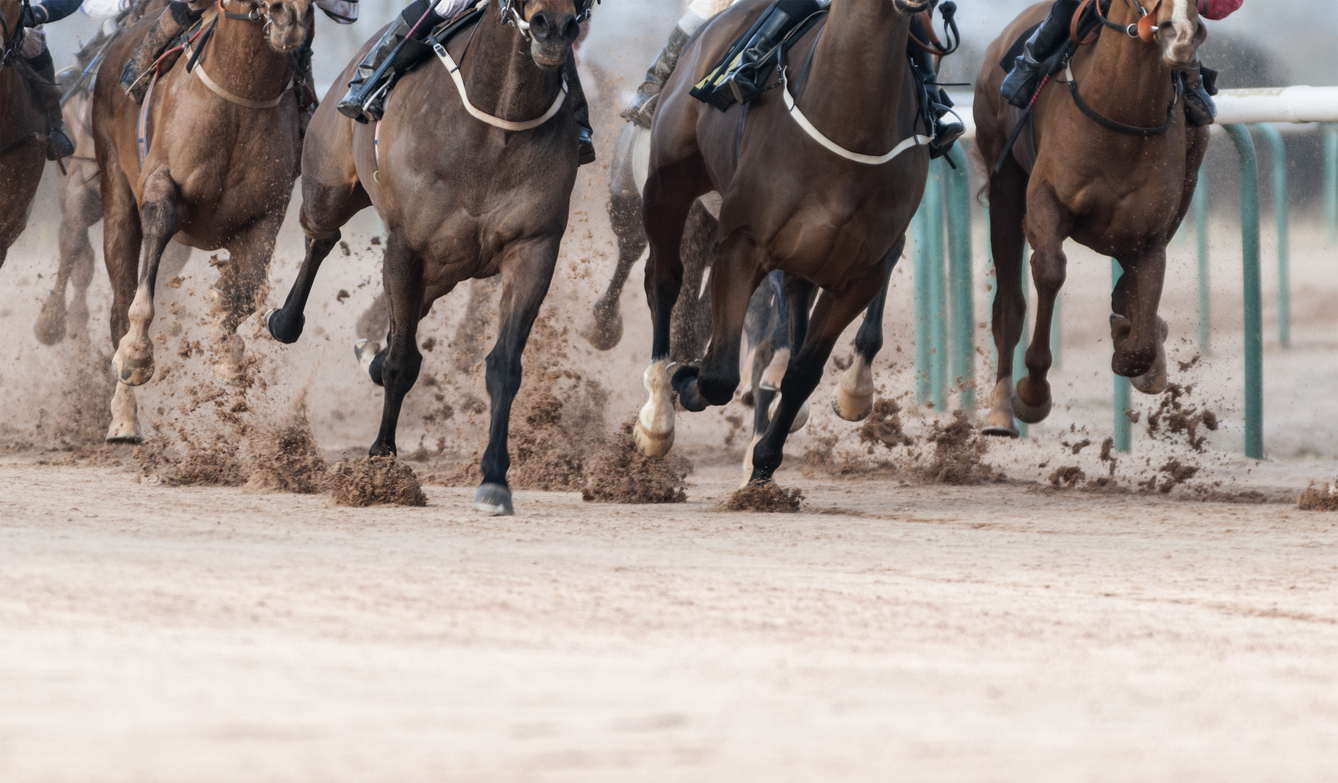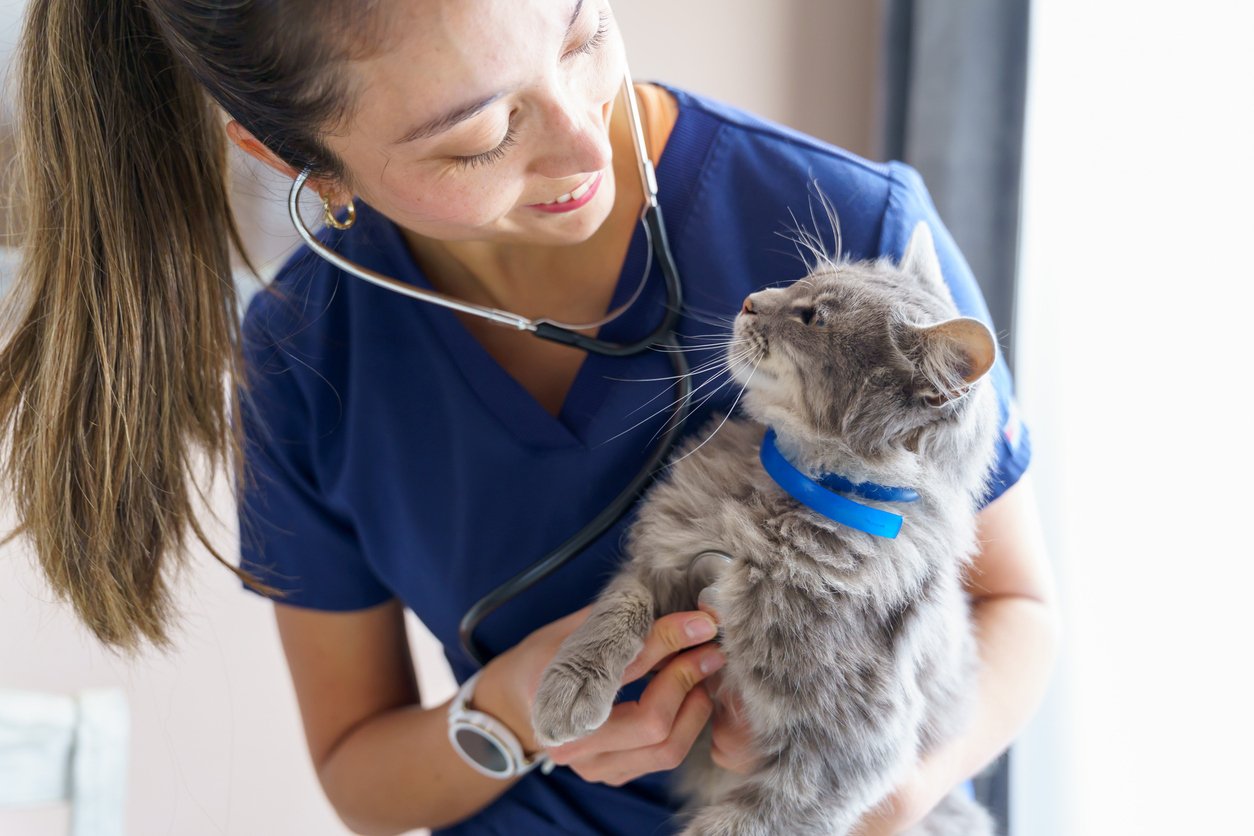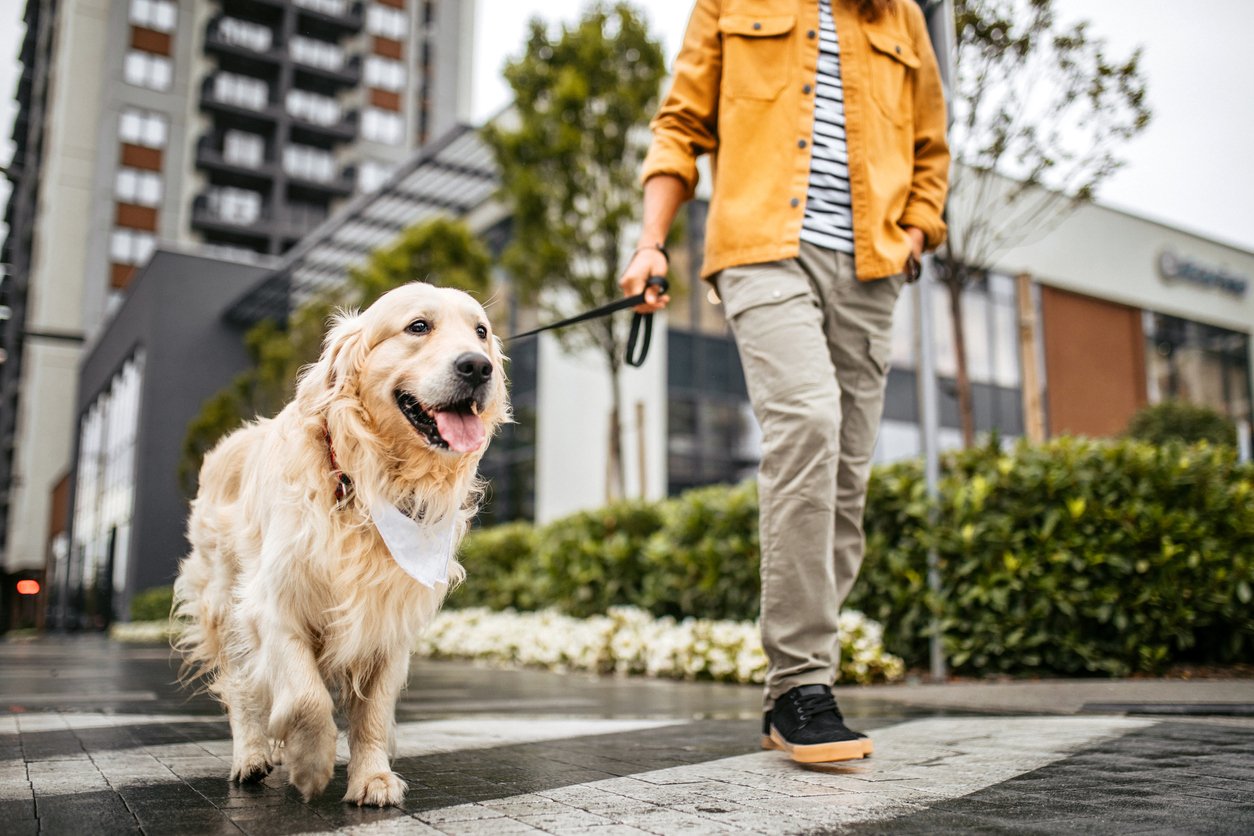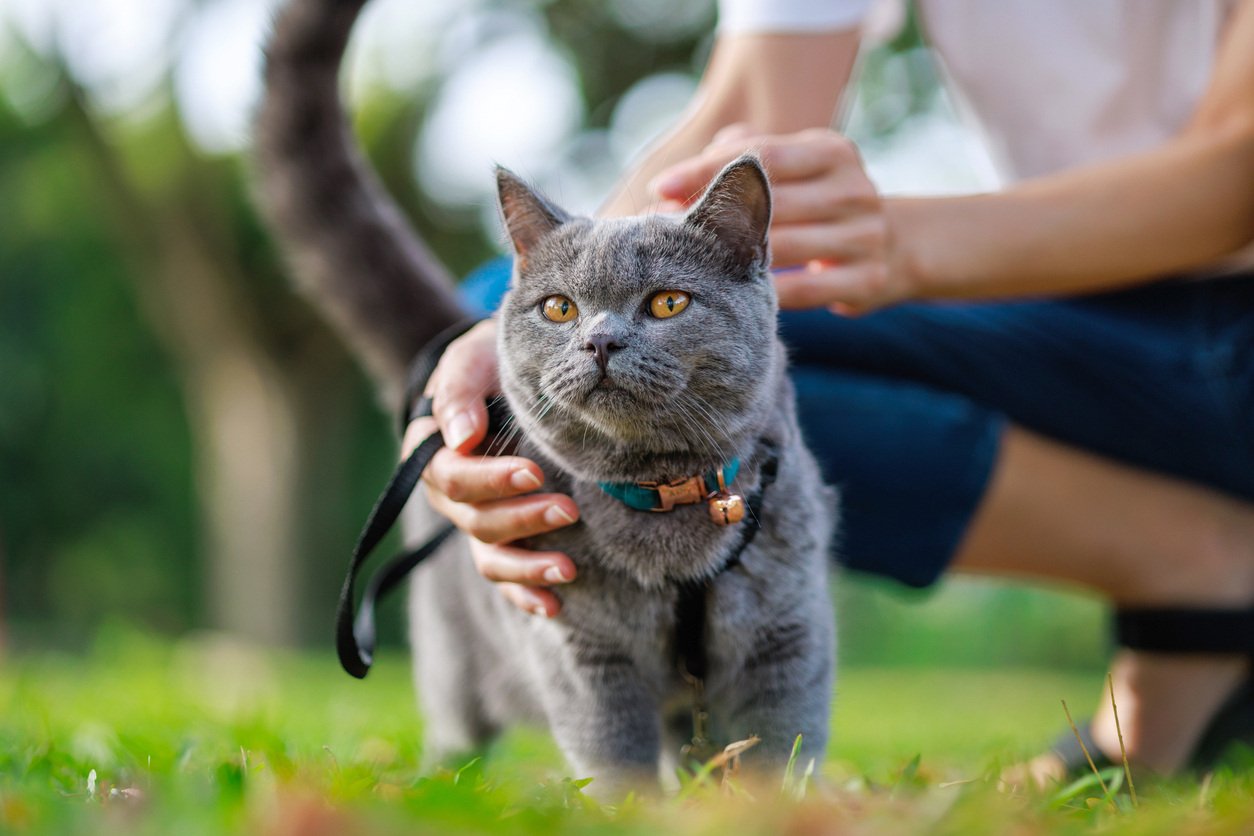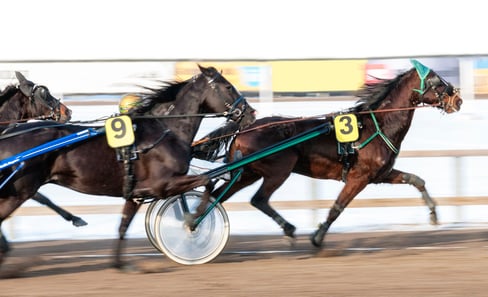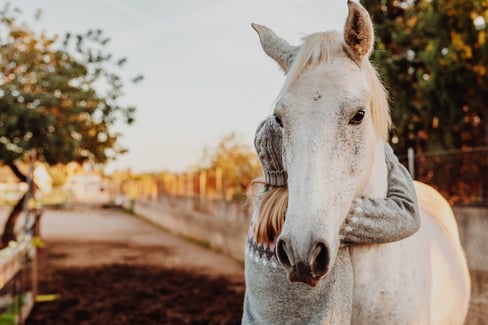Table of Contents
Hold onto your horses! Before you step into the winner’s circle, there’s a lot to know about racehorse ownership. From the initial costs to buy a racehorse, to ongoing investments, and the relationships required, racehorse ownership can look a lot different than owning a leisure horse. In this article, we will cover the step-by-step guide to buying a racehorse, your different options, and discuss ways to choose the right trainer and your trusted team.
How to Buy a Racehorse: Your First Step to the Winner’s Circle
For many equine enthusiasts, buying a racehorse is the ultimate dream. Unless you are already involved in the world of horse racing or horse training, you likely aren’t aware of how to buy a racehorse or the factors to consider before you’re ready for the winner’s circle.
What to Know Before You Buy a Racehorse
Owning a racehorse is no small commitment—it’s a major investment! And while the first thing that comes to mind might be the financial side, the reality is that you’re also investing time, care, and passion into the journey. From training and health to performance and long-term well-being, there are many factors to weigh before taking the leap into ownership.
The chart below provides an overview of the different investments required of racehorse ownership.
|
Investment |
Explanation |
|
Financial |
|
|
Time |
|
|
Emotional |
|
|
Intellectual |
|
If you think you’re ready to own a racehorse, it’s a good idea to follow a checklist to make sure you’ve considered everything you need to:
- I have the initial money aside to purchase the racehorse.
- I have budgeted my expenses for ongoing financial investments: training, vet care, farrier, travel, entry fees, etc.
- I can lose money on my racehorse ownership investment.
- I have consulted with insurance options for racehorse ownership.
- I understand the basics of racehorse ownership.
- I have researched trainers, vets, and industry professionals.
- I have explored various ownership options.
- I can regularly visit the horse and attend races.
- I understand horse racing is a high-risk sport.
- I have legal and financial advisors who understand equine businesses.
It’s important to understand that it’s not guaranteed that you will make a profit from racehorse ownership. After the initial and ongoing costs, many racehorse owners in North America recoup less than half of their investment.
How to Evaluate Pedigree, Performance, and Potential
Racehorse ownership involves evaluating many factors. Unlike a dog, cat, or leisure pet, racehorses are bought for their athletic ability, so you need to shift your perspective to that mindset.
The three key things to evaluate when purchasing a racehorse are:
- Pedigree
- Performance
- Potential
Refer to the chart below for an explanation of each factor when evaluating a racehorse.
|
Pedigree: Horse’s Genetic Resume |
Performance: Past Results and Physical Condition |
Potential: Career Path and Future |
|
|
|
Red Flags to Avoid
There are plenty of websites online that advertise the sales of racehorses, including private sales and syndicates. While some of these websites are credible, unfortunately, there are many fake websites to be cautious of. You may also run into similar red flags when dealing with in-person sales.
Refer to the chart below for the red flags you might be dealing with a scam racehorse ownership website or private sale.
|
Racehorse Ownership Red Flags |
Description |
|
Unrealistic prices |
|
|
Stock photos |
|
|
No visitations |
|
|
No inspections |
|
|
Pressure to pay quickly |
|
To ensure you are protected when buying a racehorse, always verify a horse’s records, speak with its trainer, visit the horse in person, and, if possible, deal with official registries like Equibase, The Jockey Club, or Thoroughbred Canada. Never send payments without verifying all relevant information.
The Buying Process: From Browse to Bill of Sale (Step-by-Step)

Racehorse ownership can be a little overwhelming for first-time buyers. It’s important to know the stages of the buying process, from browsing for steeds to the bill of sale.
On average, the timeframe for buying a racehorse is six months to a year. Factors such as market availability, appointment times, and financial and legal requirements all may affect the time it takes to acquire your beloved steed.
Let’s take a deeper look at the stages of how to buy a racehorse.
1. Understand Your Goals and Budget
Think realistically about the time, money, and emotions you are willing to and able to invest in a racehorse. Are your goals just to be an owner of a winning horse, or to be invested in every stage of racehorse ownership?
Before stepping into ownership, it’s important to set clear expectations. Ask yourself:
- What are my goals? Do you want the excitement of being part of a winning syndicate with minimal involvement, or do you want a hands-on role in training decisions, breeding, and long-term care? Some owners aim for prestige and trophy wins, while others are more interested in the social experience and being part of the racing community.
- What’s my budget? Beyond the purchase price (which we discuss in more detail in the next point), factor in training fees (a decent estimate is around $2,500–$4,000 per month), veterinary bills, farrier costs, insurance, transportation, and race entry fees.
- What’s my risk tolerance? Unlike traditional investments, racehorse ownership doesn’t guarantee financial returns. Horses can get injured, underperform, or require unexpected medical care. Be sure your budget has room for both best-case and worst-case scenarios.
2. Initial Costs and Ongoing Expenses
Whether you choose to be a sole owner, partner, or join a syndicate, you’ll have to pay money upfront for the sale of your racehorse, as well as ongoing monthly fees. These fees can be unpredictable, depending on veterinary fees, necessary training, transportation costs, and more.
The typical yearly cost to own and maintain a racehorse in training in North America typically falls within a range of $45,000 to $60,000. This figure is based on researching a variety of anecdotal online sources (1, 2, 3). But an exact number is hard to quantify, as costs can fluctuate significantly based on factors such as geographic location, trainer reputation, the horse's health, and its competitive level. For individuals or groups seeking to enter the sport, understanding these variable and fixed costs is crucial for financial planning.
3. Do Research on the Market in Your Area
Speak with local racecourses and their clubs to learn about the racehorse ownership market in your local area.
4. Build a Team of Professionals
If you choose private ownership rather than a syndicate, it is your responsibility to choose a team of trusted professionals for your horse. It’s best to start by choosing a certified racehorse trainer. Trainers know the best in the equine industry and can recommend vets, stables, transportation, and other professionals to care for your horse.
There are multiple ways to enjoy racehorse ownership depending on your financial and time investments:
- Sole ownership means you own and manage 100% of the horses’ training, needs, and decision-making. You will need to hire a team of equine professionals, including a trainer, vet, and stable, to manage your horse. Sole ownership isn’t just costly; it also involves needs and decision-making. You will need to hire a team of equine professionals to manage your horse, including a trainer, vet, and stable. Sole ownership isn’t just costly, it’s a business to run.
- Partner ownership is similar to sole ownership but is split between two or more partners. All members of a racehorse partnership must be listed as owners. It is a popular option for family or friends who want to enjoy the benefits of racehorse ownership while splitting the costs and responsibilities.
- Company ownership occurs when a registered business buys a horse. Jockeys often wear company colours, and the horse can be used to promote the company and its brands. Typically, an employee or employees are responsible for managing the components of racehorse ownership.
- Syndicate ownership allows you to enjoy the thrill of owning a racehorse without the cost of decision-making. Racehorse syndicates can comprise as few as ten owners up to 5,000, and have a designated manager responsible for the day-to-day operations of a racehorse.
- Lease ownership is similar to sole ownership; however, you take over the ownership, including the finances and decision-making, for a set period of time. When the lease ends, all ownership returns to the original owner.
5. Attend Auctions or Private Sales
Auctions are an exciting way to browse for a racehorse. Bidding on a horse in real time amongst experienced buyers is a thrill you can’t beat. However, for first-time racehorse ownership, private sales offer you more time for decision making, including watching it train or be examined by a vet.
6. Pre-purchase Exams and Veterinary Checks
Pre-purchase exams (PPEs) and veterinary checks are critical components of the buying process for racehorse ownership. Veterinary exams include a complete physical examination, a lameness exam, and diagnostic testing. Auctions typically offer vets on-site with X-ray machines so that buyers can do a “day of exam” before bidding.
7. Legal Considerations, Contracts, and Paperwork
As with every significant investment, with racehorse ownership comes legal considerations, contracts, and paperwork. It’s best to hire an equine lawyer to handle the legal matters pertaining to your horse.
Meet Your Dream Team: Racehorse Trainers, Vets & Beyond
Selecting a racehorse trainer is one of the most important decisions in racehorse ownership. The role of a horse trainer goes far beyond exercising and training the horse: they are a coach, a caretaker, and a manager who help a talented horse reach its full potential.
Racehorse trainers are responsible for the five key roles:
- Physical conditioning: Design exercise routines to build strength and stamina.
- Health: Oversee nutrition, diet plans, and horse health supplements, including TRI-ACTA for Equine.
- Mental Wellbeing: Horses require techniques to prepare for raceday and reduce stress.
- Race Placement: Decide which races and categories to place a horse.
- Communication between Jockeys and Owners: Act as a liaison between the owners and their horses’ riders.
Choosing the Right Racehorse Trainer for Your Goals
Choosing the right racehorse trainer for your goals first involves defining your goals. If your goals are to win or make a profit, you will need to invest more in a trainer with experience and a proven track record of wins. Racehorse owners who are invested in leisure can be more flexible when it comes to selecting the right trainer.
The most important things to look for in a horse trainer are:
- Training philosophy
- Facilities and resources
- Equine and racehorse education
- Communication and transparency
- Cost and value
Regardless of your goals, all racehorse owners should choose a trainer who practices safe and reliable animal welfare. Kindness and compassion for your horse are key!
What Makes a Good Trainer-Owner Relationship?
You can have an outstanding trainer, but if your relationship with your trainer isn’t ideal, it can make or break a positive experience with racehorse ownership. What makes a good trainer-owner relationship is one where there is trust, clear communication, mutual respect, and a shared passion for the horse.
Additional Key Roles
In addition to your racehorse trainer, you'll need a trusted team of professionals to care for your horse regularly when you own a racehorse.
The key partnerships in racehorse ownership include:
- Farriers
- Vets
- Exercise Riders and Jockeys
- Nutritionists
Farriers are blacksmiths who specialize in shoeing horses and hoof care. You will require a farrier specializing in trims, balances, and shoes for racehorses, focusing on performance and injury prevention for equine athletes.
Choose a vet with a proven track record of working with racehorses. In addition to regular wellness checks, horses must be examined by a veterinarian before the race on raceday.
Exercise riders are responsible for conditioning and training the horse daily, whereas jockeys specialize in riding the horse on raceday.
Equine nutritionists also play a key role in racehorse ownership. They create special diet plans for racehorses, address health concerns, optimize performance, and prevent issues like digestive problems or nutrient deficiencies.
Experienced racehorse trainers will have a list of trusted racehorse professionals they have worked with and are happy to recommend.
Behind the Feed Bucket: Nutrition, Racehorse Oats & Supplements
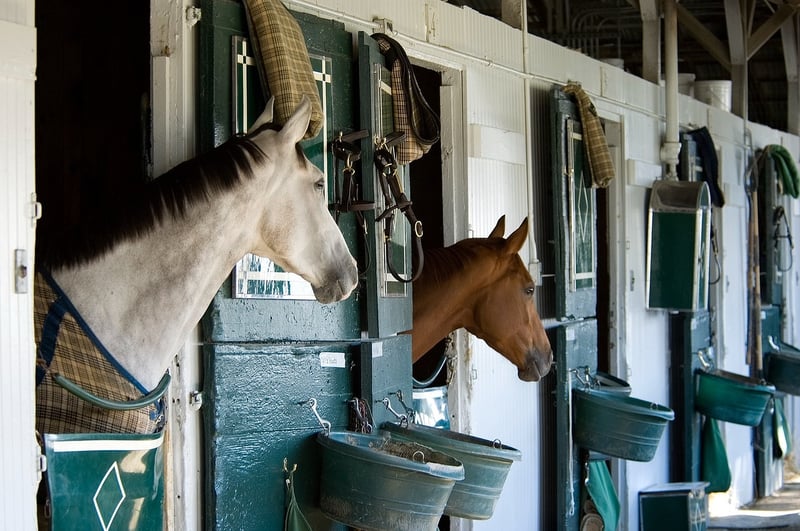
With racehorse ownership comes the need for education on a horse’s nutritional needs. While you may hire an equine nutritionist or rely heavily on the advice of your racehorse trainer, it is essential to have a background on the basics of a healthy horse diet.
Why “Racehorse Oats” Aren’t Just a Saying
Have you heard of the saying “racehorse oats”. They are a foundation in many horse treats recipes because they’re rich in starch, providing a reliable source of digestible energy. Oats are also high in fiber, which supports healthy digestion, and they contain phosphorus, an important mineral for maintaining strong bones, joints, and hooves. Consider making your own oat horse treats that maximize equine joint health. Supporting mobility and comfort in horses starts with protecting their joints from discomfort, inflammation, and cartilage breakdown. That’s where TRI-ACTA for Equine comes in—a highly concentrated supplement powered by glucosamine, chondroitin, and MSM, three proven ingredients that work together to maintain healthy, resilient joints.
Feeding for Performance: Balancing Carbs, Fats, and Protein
Horses are herbivores, so their digestive systems are specifically designed to process grasses, forage, and other soft plant matter.
Horses have six basic nutritional needs:
- Water
- Forage
- Carbohydrates
- Fats
- Proteins
- Vitamins and minerals
The foundation of every horse’s diet should be fibre-rich forage, such as hay and pasture. While racehorses require the same basic nutritional needs, their diets are typically high-energy and low-fibre. Non-racing horses get most of their nutrition from forage, whereas racehorses require more high-energy sources from fats, proteins, and carbohydrates.
The Role of Supplements in Performance and Recovery
Supplements support racehorses by boosting performance, aiding recovery, and protecting joint and muscle health. Racehorses often receive targeted supplements to meet the demands of training, performance, and recovery.
Horse supplements include:
- Digestive supplements
- Joint supplements
- Electrolytes
- Immune support supplements
- Calming aids
TRI-ACTA is a premium equine joint supplement containing a potent blend of 100% active ingredients. Designed as a first line of defense, this product helps protect against arthritis, stiffness, and declining joint mobility. TRI-ACTA H.A.contains all the powerful ingredients of TRI-ACTA, with the added benefit of hyaluronic acid.
TRI-ACTA H.A. for Equine
Our maximum strength formula is perfect for horses that are ageing, experiencing arthritis and stiffness, are in training and competition, or under a heavy workload.
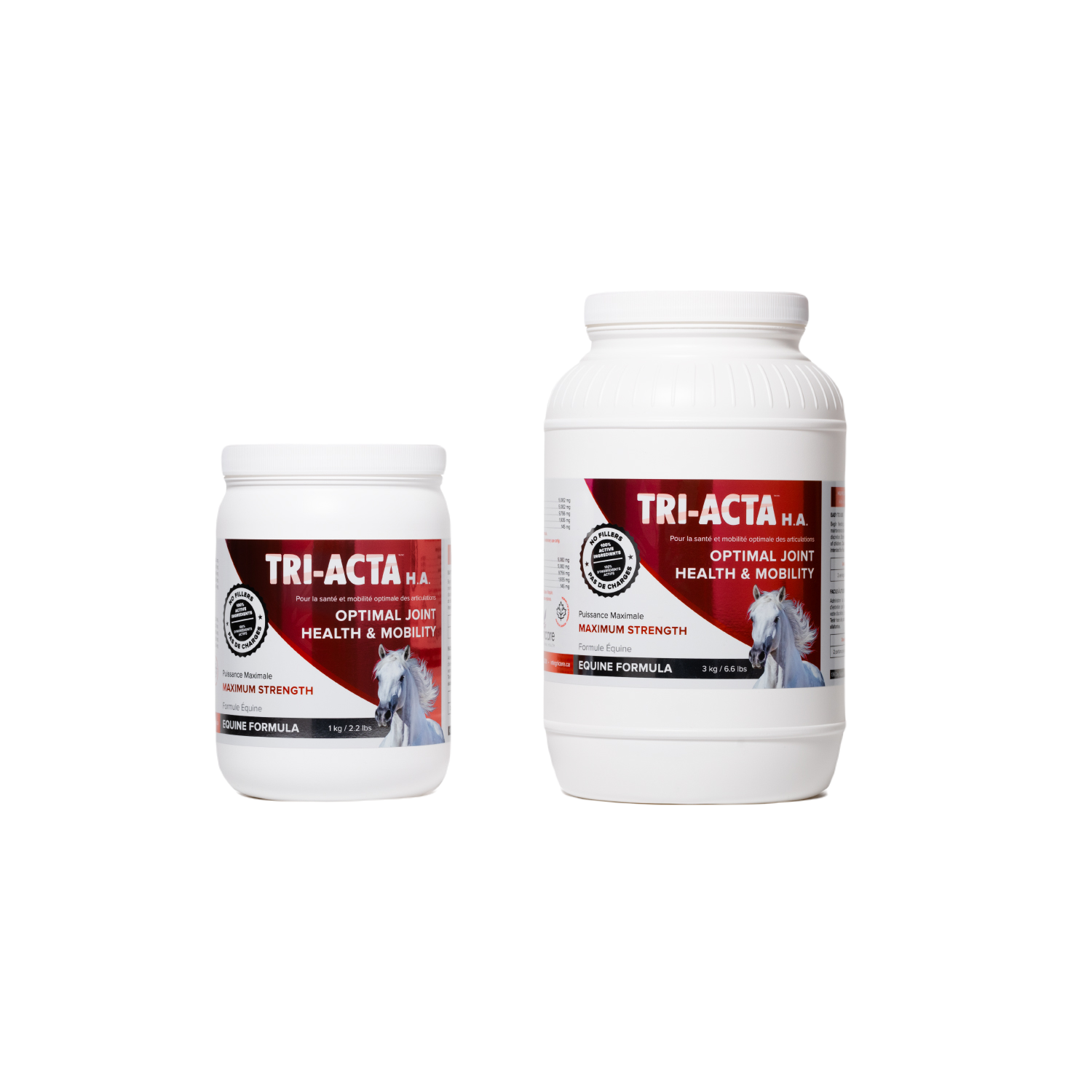
Keeping Your Investment Covered: Racehorse Insurance 101
Racehorse insurance is a specialized branch of equine coverage designed to protect owners from the financial risks associated with racehorse ownership. These policies are typically far more comprehensive than those for standard riding horses.
What Racehorse Insurance Includes
Racehorse insurance policies protect owners against financial loss from death, injury, or reduced racing performance.
Racehorse insurance policies include the following coverage:
- Mortality: Covers death due to injury, illness, or accident.
- Medical: Covers veterinary bills for illnesses, injuries, or surgeries.
- Loss of Use Insurance: Pays out if the horse remains alive but can no longer race.
- Transit Insurance: Covers risks while the horse is being transported.
Some policies also include coverage for theft or financial losses due to infertility if the horse cannot be bred after purchase.
From Track to Turf: Racehorse Recovery & Rehab
Horse racing is a sport that has a high rate of physical stress. Not only does a racehorse run at significantly high speeds, but they also bear the weight of the jockey who rides them. The weight of a rider is an extra strain on their bones, tendons, and ligaments.
Common Injuries and Strains in Racehorses
Most injuries in horse racing occur due to repetitive stress and not so much a single accident.
There are three main categories of injuries in horse racing:
- Musculoskeletal: Ligament and tendon injuries
- Bone injuries: Shin splints and stress fractures
- Hood problems: Abscesses and bruising
A bowed tendon, also known as a Superficial Digital Flexor Tendon (SDFT) injury, is one of the most common and serious injuries in racehorses. It occurs when the tendon becomes overstretched during high-speed galloping, leading to painful swelling along the back of the leg. Studies suggest that as many as 43% of thoroughbred racehorses experience a bowed tendon at some point in their career.
Other common racehorse injuries and strains include.
- Suspensory Ligament Desmitis (SLD): Injury to the suspensory ligament, which supports the fetlock joint.
- Check Ligament Strains: Injury to the accessory check ligament that helps support tendons.
- Stifle Horse Injuries: Sprains or strains affecting the ligaments surrounding the stifle—the horse’s “knee,”.
Recovery Strategies
Racehorse recovery from injury depends on a combination of veterinary care, rehabilitation, and supportive management to encourage healing and reduce the risk of re-injury.
Typical therapies for racehorse recovery include:
- Physiotherapy: Gentle stretching and light movement to rehabilitate the injury.
- Hydrotherapy: Ice baths to reduce inflammation, swelling, and pain.
- Massage therapy: Supports injury recovery and prevention.
Alongside a balanced nutrition plan, supplements support a racehorse’s joint, muscle, and overall health by providing essential nutrients that may reduce the risk of strain or injury.
TRI-ACTA for Equine is a premium joint supplement made with a potent blend of 100% active ingredients. Formulated as a preventative measure, it combines glucosamine, chondroitin, and MSM to support soft tissue repair and joint health. For older racehorses or those recovering from injury, TRI-ACTA H.A for Equine provides maximum-strength support with the added benefit of hyaluronic acid, helping to lubricate the joints and provide shock absorption.
When to Retire vs. Rehabilitate
Rehabilitation from injury is always the preferred route in racehorse ownership, but returning to the racetrack isn’t guaranteed. Deciding whether to retire or rehabilitate a racehorse depends on the severity of the injury, the horse’s age, prognosis, and financial factors. Younger horses with mild to moderate injuries are more likely to be rehabilitated, while severe or recurrent injuries often necessitate retirement. Rehabilitation demands a significant initial investment with no assured return, whereas retirement involves lower long-term costs but eliminates future racing earnings.
Off to the Tracks: Racehorse Ownership Final Thoughts
Racehorse ownership is an exciting venture that requires a significant investment of time, care, and money. Successful racehorse ownership comes down to balancing passion with practicality and making your horse’s health the top priority.
Equine supplements such as TRI-ACTA for Equine are formulated to support the overall health and performance of competing racehorses. With a powerful combination of active ingredients, TRI-ACTA for Equine promotes joint protection while enhancing mobility and strength on the track.
Purchase TRI-ACTA online or learn where to buy at a store near you.
TRI-ACTA for Equine
Providing preventative support for younger horses and helping mitigate the early onset of joint degeneration and other mobility issues.
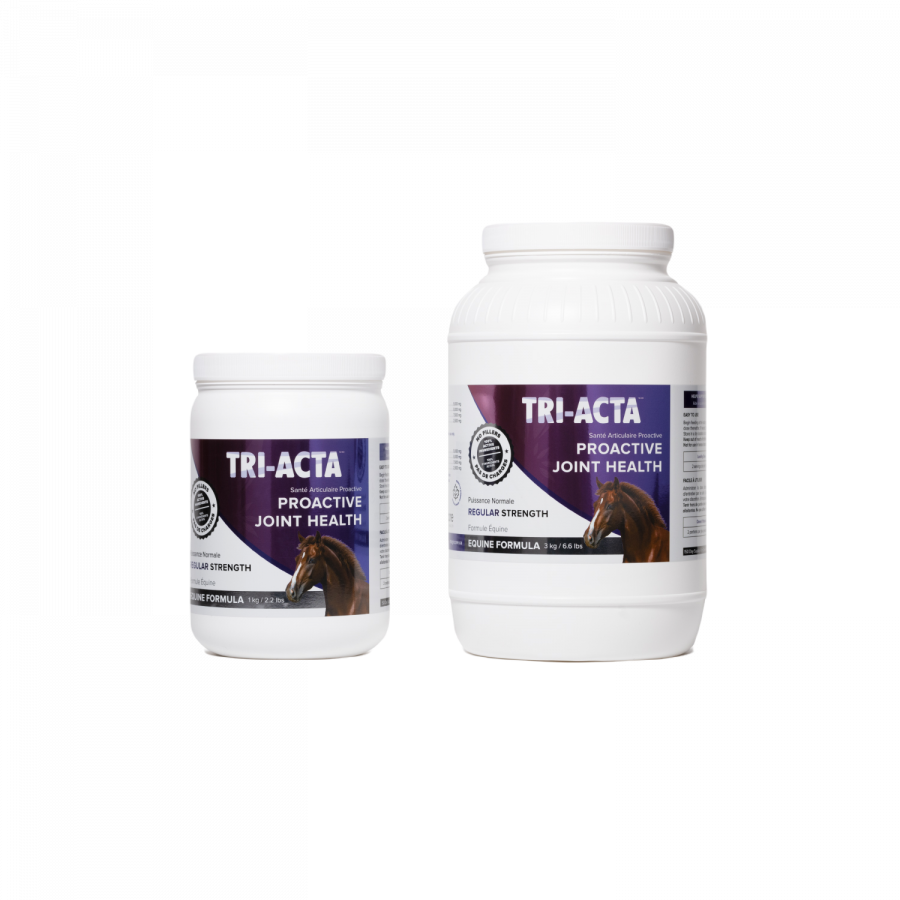
Newsletter Signup
Subscribe to our newsletter to receive the latest news and exclusive offers.
.jpg?height=2000&name=Cliick_Integricare-DISPLAY-REVISEDV2%20(1).jpg)
Proactive & Therapeutic Joint Supplements
When given daily, Integricare joint supplements recover bone and joint injuries faster and help prevent mobility injuries from happening in the first place.

